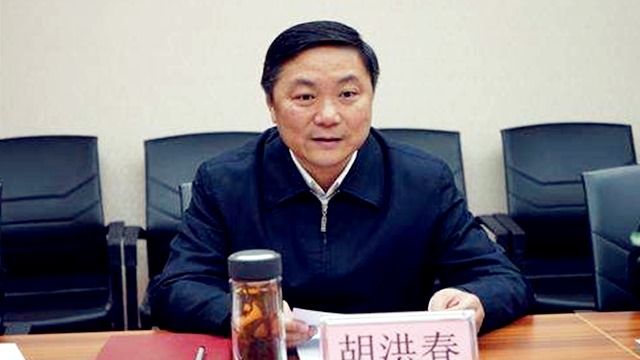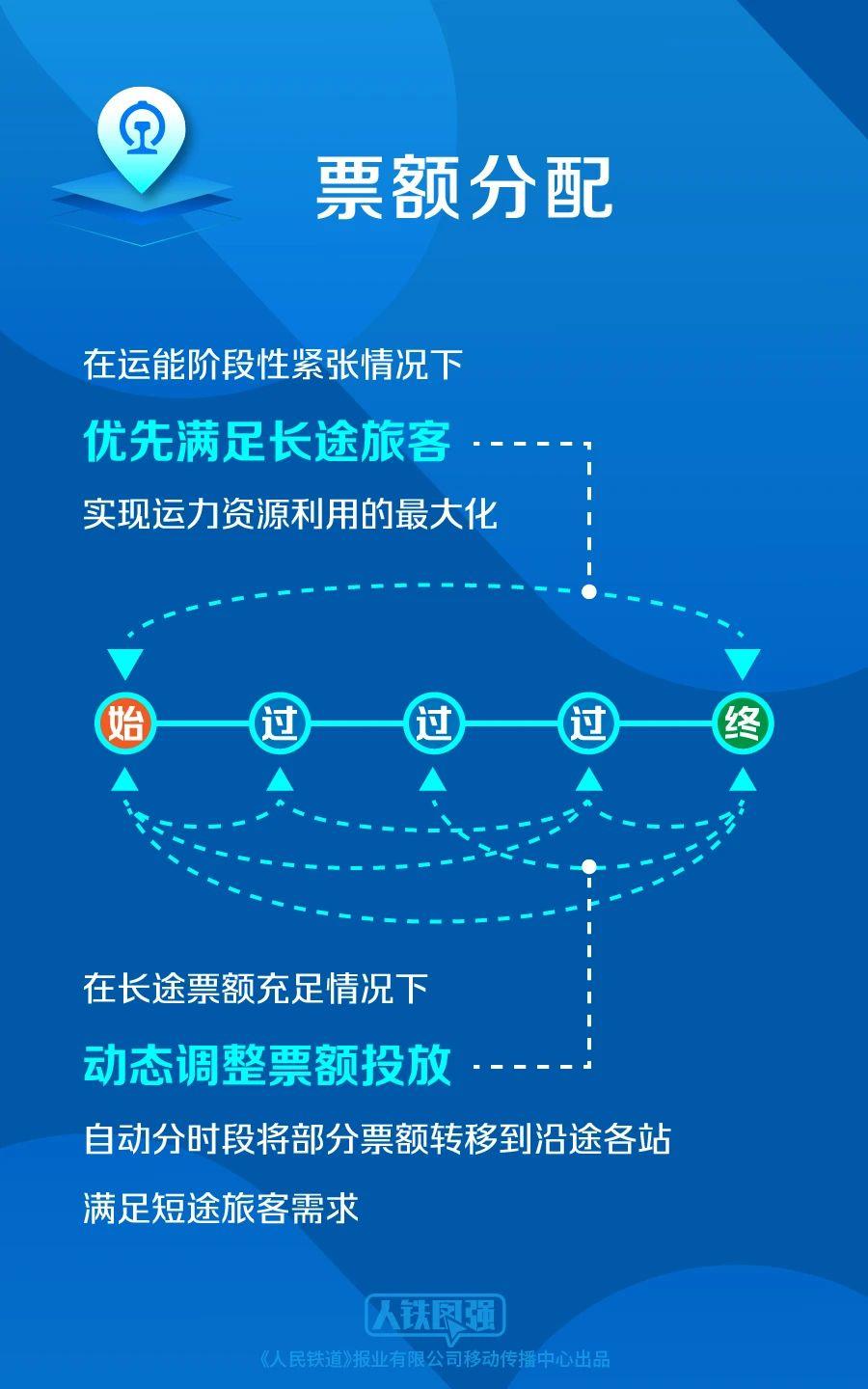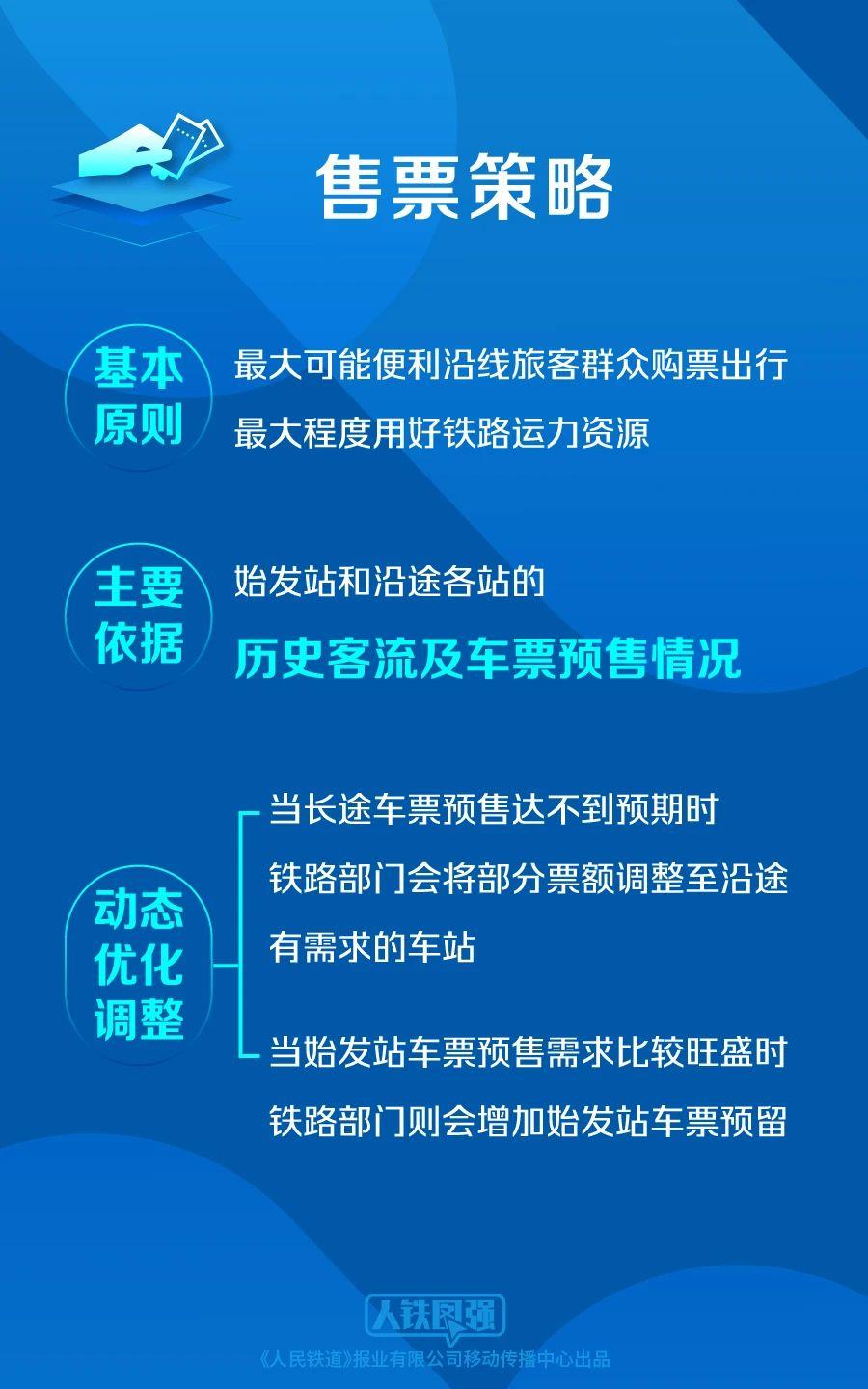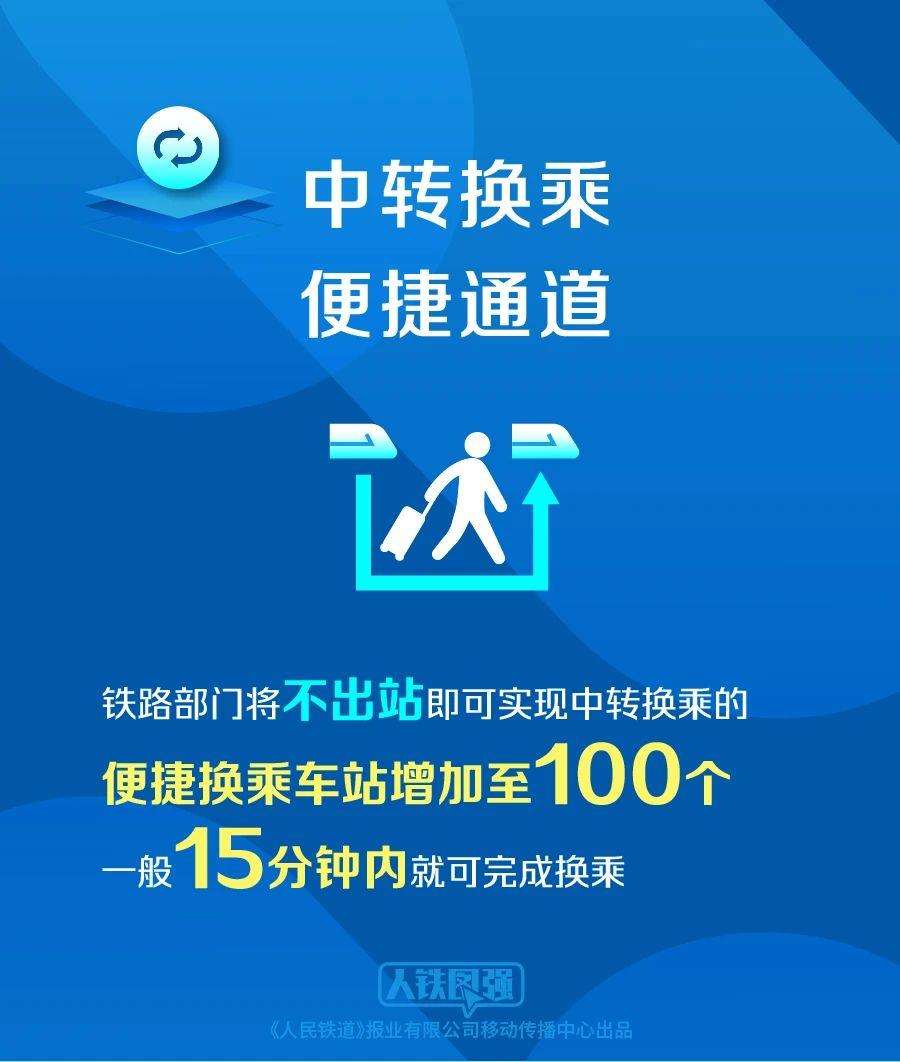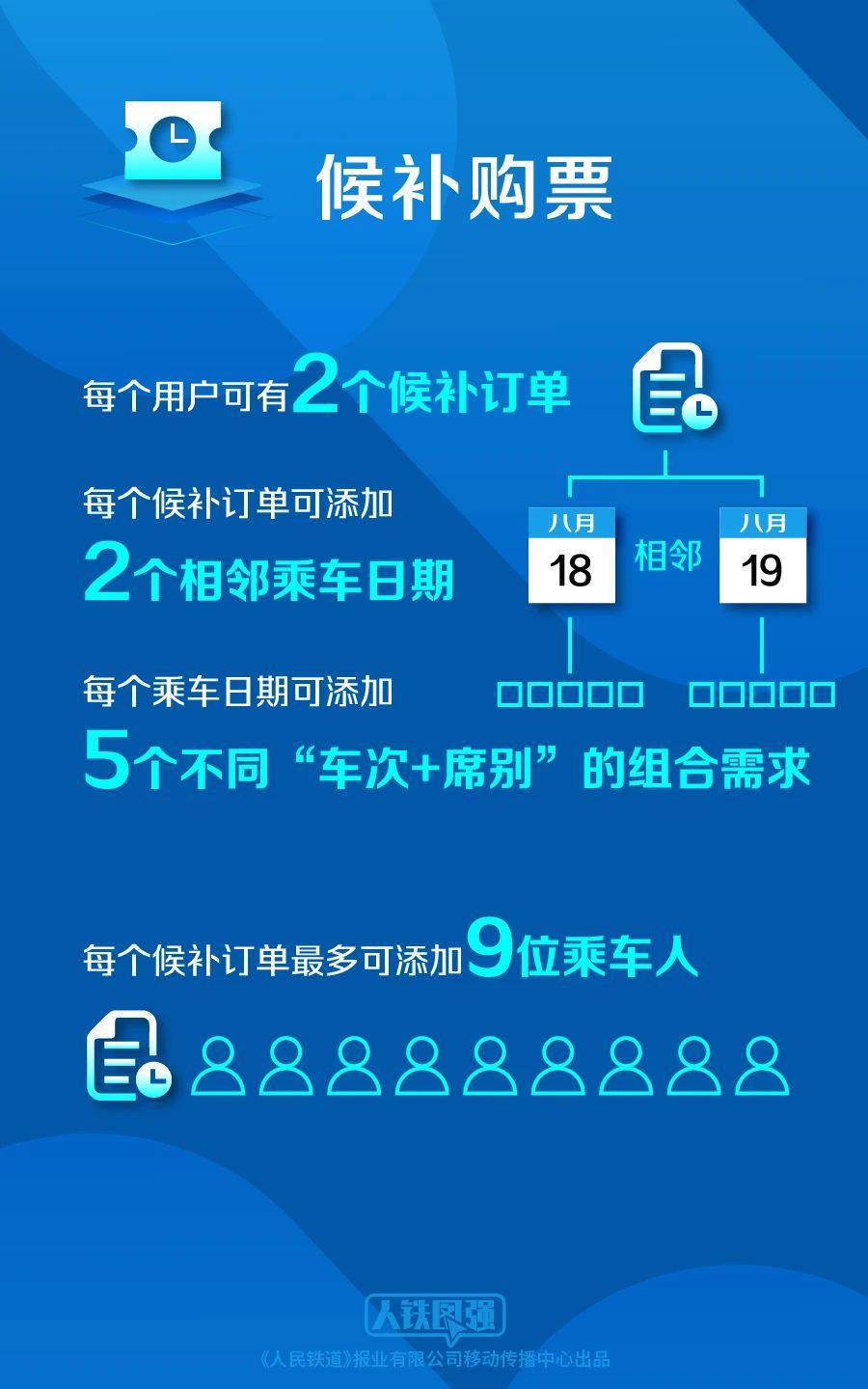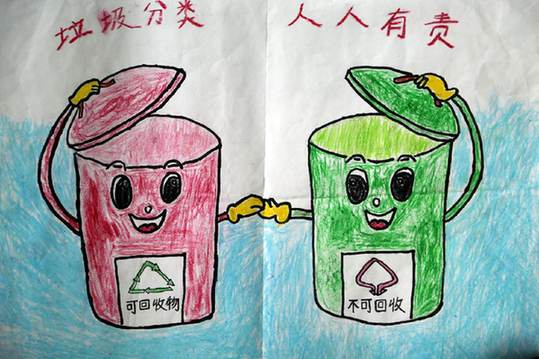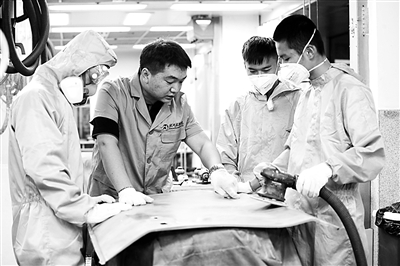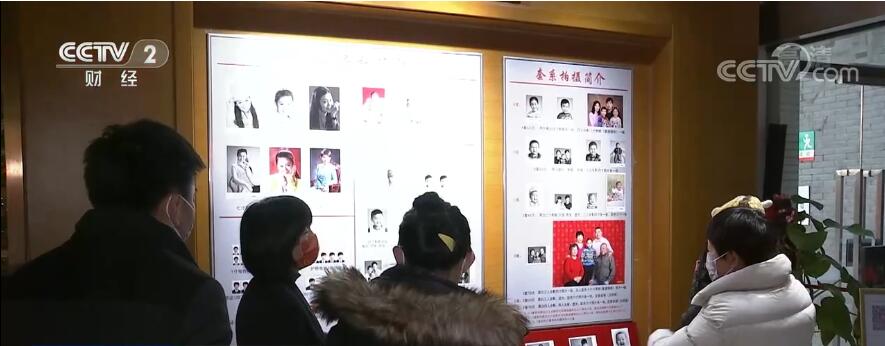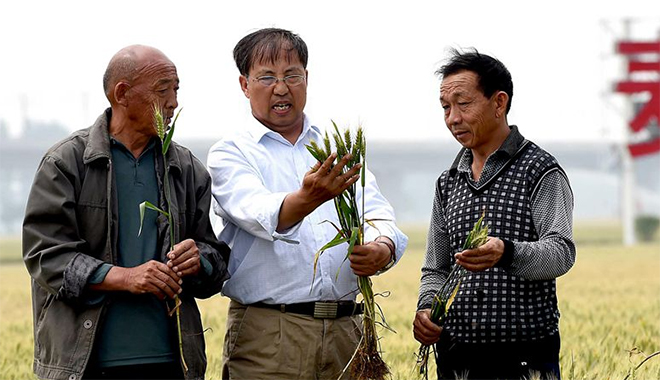On the 13th, the top ten in the national high temperature list all broke 41℃, with a maximum of 42.1℃.
The Paper News: On August 12th, the Central Meteorological Observatory issued the first high-temperature red warning this year. On the 13th, the high-temperature red warning continued.
The Central Meteorological Observatory announced at 8: 00 on the 13th that in the past day, the hot weather in the south attracted much attention, with the local temperature of 41 ~ 43℃ in eastern Sichuan, southwestern and northern Chongqing, southeastern Shaanxi, western Hubei, southeastern Anhui, southern Jiangsu and central and northern Zhejiang, and the local temperature of Zhushan in Hubei was 44.3℃.

On August 10, 2022, the "stove" Chongqing continued to have hot weather, and many citizens were playing with water in the water park of Fuling wine town to cool off the heat. IC diagram
The Central Meteorological Observatory predicts that the intensity and range of high temperature weather from the Sichuan Basin to the middle and lower reaches of the Yangtze River will still be at its peak on the 13th to 16th, with obvious extremes. Today (August 13th), parts of southeastern Shaanxi, eastern Sichuan, Chongqing, western and southeastern Hubei, northern Hunan, northwestern Jiangxi, central and southeastern Anhui, southern Jiangsu, Shanghai and central and northern Zhejiang can reach 40 ~ 42℃.
According to the list of today’s high temperature released by official website, China Meteorological Bureau, as of 14: 00 on the 13th, the highest temperatures in the top ten of the high temperature list have all exceeded 41℃, with the highest ones in Hubei Three Gorges and Chongqing Fengjie reaching 42.1℃.
Chen Tao, chief forecaster of the Central Meteorological Observatory, explained that the main cause of the high temperature weather has something to do with the abnormal atmospheric circulation. Judging from the current monitoring, the western Pacific subtropical high has a large range and strong intensity. Under its control, the southern part of China is controlled by downward flow as a whole, with clear skies and partly cloudy, and the near-surface heating is relatively strong under the influence of sunshine radiation during the day, so a wide range of high temperature weather has appeared.
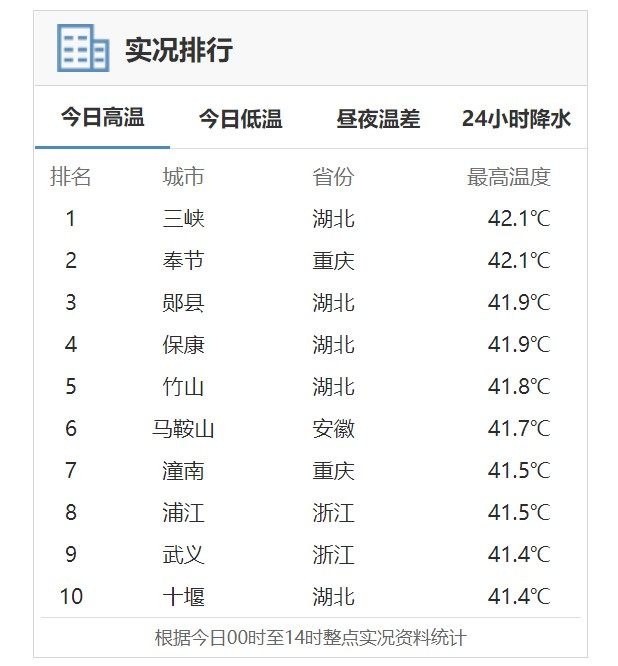
China Meteorological Bureau official website screenshot
In the top ten of the high temperature list, there are four places in Hubei Province, namely Yunxian (41.9℃), Baokang (41.9℃), Zhushan (41.8℃) and Shiyan (41.4℃), and there is another place in Chongqing, Tongnan (41.5℃). In addition, Anhui Maanshan (41.7℃), Zhejiang Pujiang (41.5℃) and Zhejiang Wuyi (41.4℃) are also among them.
Recently, Hubei and Chongqing have been subjected to high temperature tests for several days.
According to the message of "Hubei Publishing" on WeChat WeChat official account, since May this year, it has been sunny, hot, hot and rainy in Hubei Province, and many places have published high-temperature red warning signal for several days. On August 12th, the highest temperature of 73 stations in the province exceeded 37℃, and 19 stations exceeded 40℃. At 16: 26 on the 12th, the temperature at Zhushan Station reached 44.3℃, setting a new record for the highest temperature in Hubei since the meteorological record (the original record was 43.4℃ in Zhushan on July 20th, 1966).
According to WeChat WeChat official account’s "Chongqing Release", from July 29 to August 12, a large range of continuous high temperature weather occurred in Chongqing. The highest daily temperature in Hechuan District, Bishan District, jiangjin district, Changshou District, Fuling District, Fengdu County, Wanzhou District, Kaizhou District, Yunyang County, fengjie county, Wuxi County and Pengshui County and some areas in the central city exceeded 40°C for 5-11 consecutive days.
At 21: 00 on August 12th, Chongqing Municipal Health and Wellness Committee and Chongqing Meteorological Bureau upgraded the "Secondary Warning of High Temperature Heatstroke" issued at 15: 30 on August 10th to "Primary Warning of High Temperature Heatstroke". According to the meteorological department of Chongqing, the first-level warning of high-temperature heatstroke is the first release since the publication of the Emergency Plan for High-temperature Heatstroke in Chongqing, and it is also the first release this year.
Original title: Today, the top ten in the national high temperature list broke 41 C, and the highest temperature in Hubei and Chongqing was 42.1 C.
